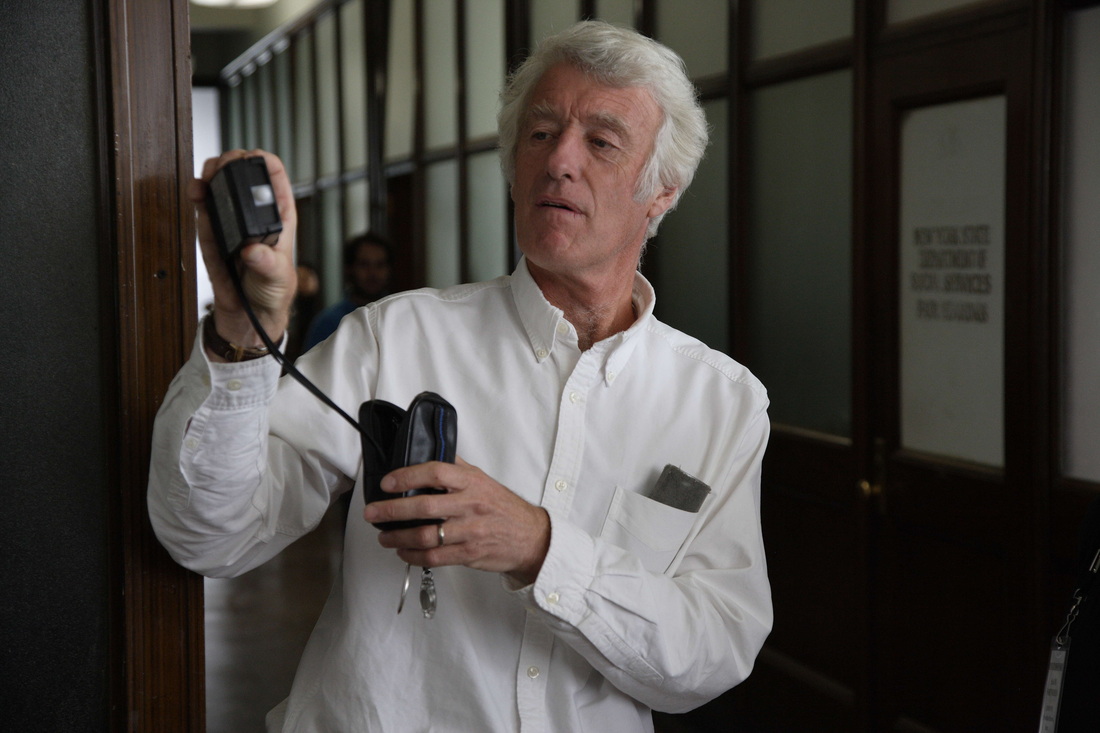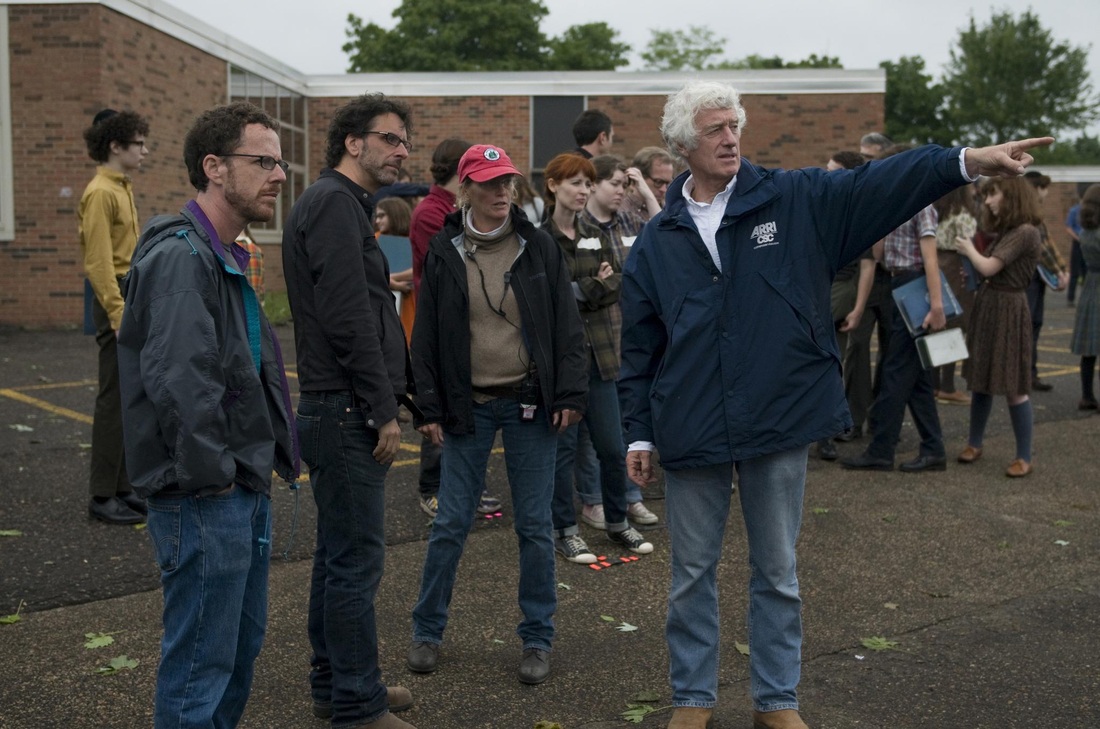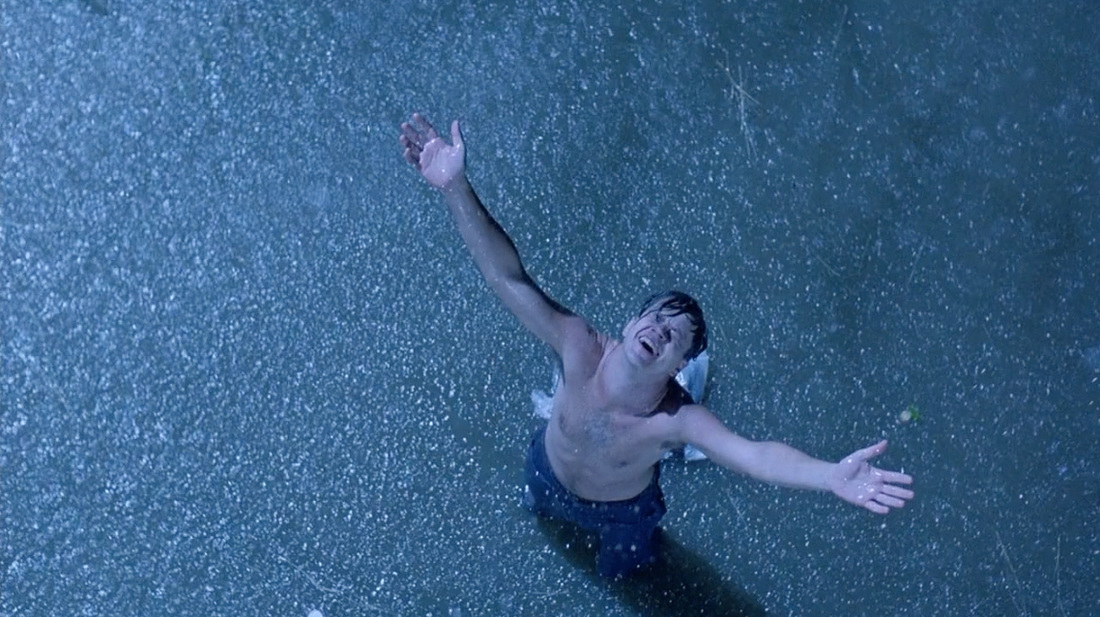- The Shawshank Redemption (1994)
- Fargo (1996)
- O Brother, Where Art Thou? (2000)
- No Country for Old Men (2007)
- Skyfall (2012)
- Prisoners (2013)
Deakins first true work as a cinematographer was for the film Mountains of the Moon (1990), which also focused on Africa. However, the move that truly made a name for Roger Deakins as a professional artist was his collaboration with the critically acclaimed directors The Coen Brothers, starting with the film Barton Fink (1991). The Coen Brothers had seen a few of Deakins' films and were particularly impressed with the interior scenes in the film Stormy Monday (1988). They sent Roger Deakins a script and asked him to the project. Deakins accepted the invitation immediately and the group began working together on the project. The collaboration worked so well, that Roger Deakins became the directors' first choice for the next two decades.
Surprisingly, as many of The Coen Brothers' films have won numerous awards throughout the years, Deakins has yet to win an Oscar. However, Deakins has been awarded by the American Society of Cinematographers for three of his films. Beginning with The Shawshank Redemption in 1994, Deakins also won for The Man Who Wasn't There in 2001 and the James Bond film Skyfall in 2012. He has since been invited to become a part of both the American Society of Cinematographers and the British Society of Cinematographers. Both of these groups are organized of cinematographers who have received distinguished credits in the field, and are considered of the ultimate status as a cinematographer. The American Society of Cinematographers has even given him the Lifetime Achievement Award in 2011 for his work.
Let's look at some of Roger Deakins' iconic shots that have been praised:
Deakins is gifted to say the least, and is someone who has influenced numerous modern cinematographers. Make sure you stay tuned to what this man is working on and go view his films; they are beautiful works of art.




 RSS Feed
RSS Feed
